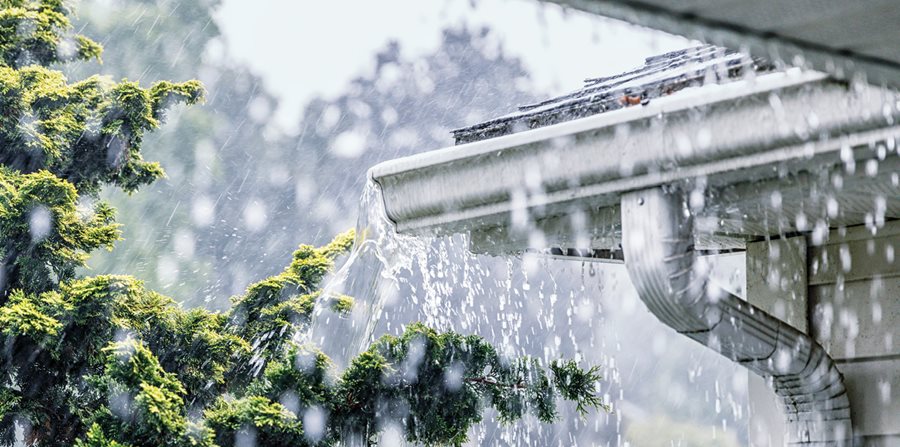 Willowpix | iStock.com
Willowpix | iStock.com
Moisture levels in your home can have a big effect on how the space feels. Improve your comfort and indoor air quality while reducing strain on your home’s heating, ventilating and air conditioning system by getting a handle
on humidity.
HVAC systems generally make use of a dehumidifier, especially during the cooling season, to make indoor air feel colder. But there are other important considerations for controlling moisture in your home, where water vapor moves via air currents, by diffusion through materials and through heat transfer.
Because most moisture moves through the home via air vapor movement, it’s important to seal any paths that allow air to flow where it isn’t wanted.
Diffusion of moisture through materials and heat transfer are much slower and generally prevented by a well-built home’s construction.
Solutions to moisture accumulation on foundations and walls vary by climate, but these general guidelines from the U.S. Department of Energy can be applied almost anywhere.
For the foundation:
- Keep all untreated wood materials from touching the earth.
- Install gutters and downspouts connected to a drainage system that diverts rainwater away from the house.
- Slope the terrain away from all sides of the house for at least 5 feet.
- Add a gasket under the sill plate of the foundation to provide air sealing.
- Install a protective membrane, such as rubberized roofing or ice dam protection materials, between the foundation and the sill plate to block capillary action and reduce wicking of water up from the masonry foundation wall. This membrane can also serve as a termite shield on top of foam board insulation.
- Prevent all below-grade portions of the foundation wall and footing wall from absorbing ground moisture by capillary action with a damp-proof coating.
- Place a continuous drainage plane over the damp-proofing or exterior insulation to channel water to the foundation drain and relieve hydrostatic pressure. Drainage plane materials include special drainage mats, high-density fiberglass insulation products and washed gravel. All drainage planes should be protected with a filter fabric to prevent dirt from clogging the intentional gaps in the drainage material.
- Install a foundation drain directly below the drainage plane and beside (not on top of) the footing. This prevents water from flowing against the seam between the footing and the foundation wall. Surround a perforated 4-inch plastic drainpipe with gravel and wrap both with filter fabric.
- Underneath the basement or slab floor, install a capillary break and vapor diffusion retarder, consisting of a layer of 6- to 10-millimeter polyethylene over at least 4 inches of gravel.
For the walls, the DOE recommends:
- Install a polyethylene ground cover on the earth floor of houses with crawl spaces.
- If required in your climate, install a continuous vapor barrier with a permeance rating of less than 1.
- Use high-quality siding to prevent rain from penetrating walls and ensure flashings are properly installed.
- Weatherstrip and caulk around joints in the exterior, such as around doors and windows.
-
Posted: 2/4/2021 11:04:09 AM
Author: